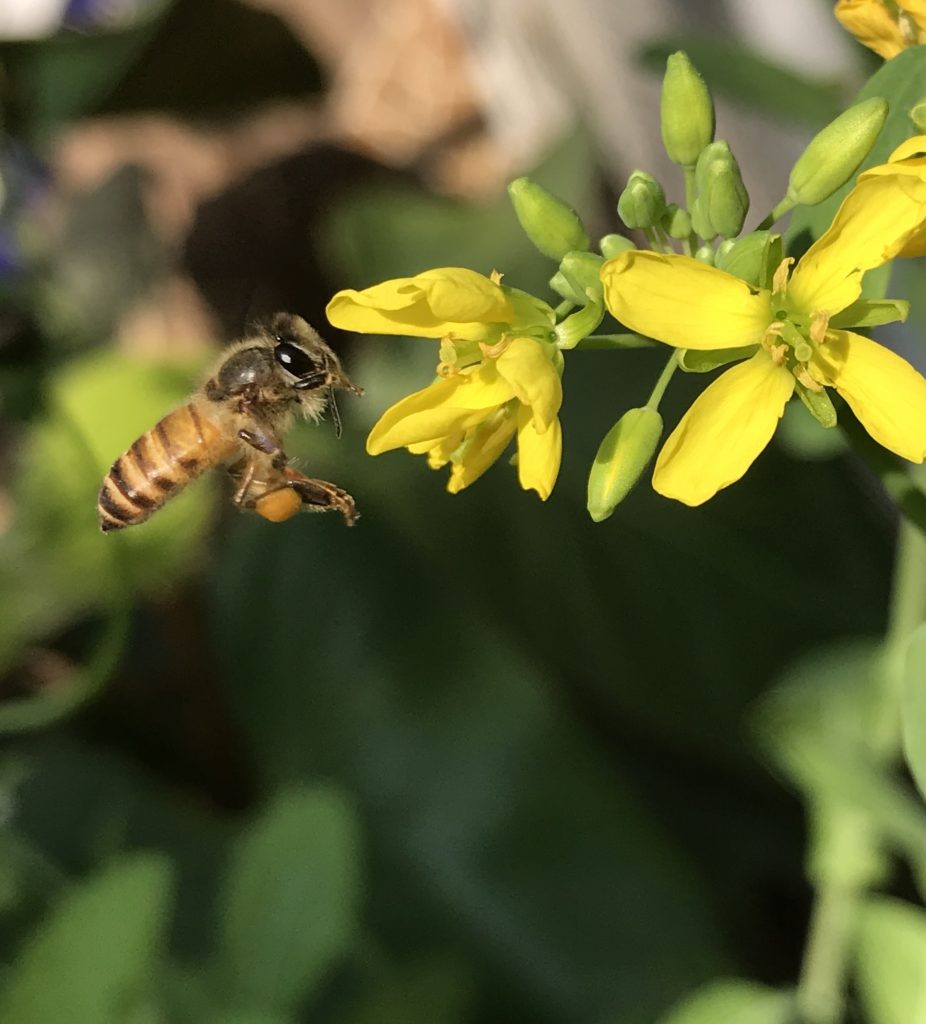
Honey
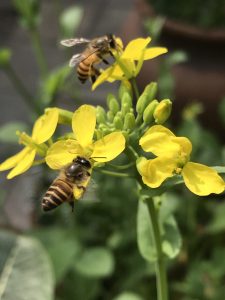
What is honey?
Honeybees collect nectar from a wide variety of flowers. Nectar is the sugary secretion (80% water) produced by plants to attract pollinators and allow them to propagate. The bees store it in a special honey sac where enzymes begin to break down the complex sugars. The foraging bees then transfer this to the receiving or worker bees through their proboscis and further enzymes are added to transform the sugary water into a golden liquid. This is stored in the tiny cells of the honeycomb.
But this is not the end of the story – bees fan this liquid with rapid wingbeats until the moisture content is reduced to 20% or less and the watery nectar has transformed into the thick viscous food substance that we call honey. Each cell is then sealed with wax to prevent moisture from getting in.
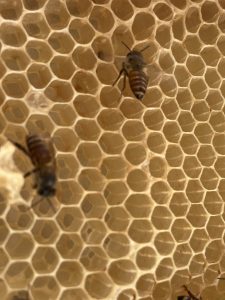
Away from air and water, honey will keep indefinitely. It is composed of 2 simple sugars—glucose and fructose—and scientists call it a “supersaturated” solution due to their high concentration, Table sugar also contains glucose and fructose but in sugar they are bound together 50:50 as sucrose which our stomachs cannot break down; in honey they are independent and easier to digest. Honey also contains a number of other beneficial ingredients.
Raw honey contains minerals, vitamins, amino acids, enzymes, pollen, natural fragrance and flavour compounds. Phytonutrients, natural chemicals that protect plants from germs and bugs, fungi and other threats, are also present in honey. It is rich in phenolic compounds. Thus, raw honey has antioxidant properties that boost immunity, have anti-cancer benefits and help in preventing cardiovascular diseases. It is a prebiotic, good for digestion, will soothe a sore throat and act as a cough suppressant. Honey has been recognised to have antibacterial activity similar to antibiotics. Its many benefits are still being researched; it is only not suitable for babies, those under a year old.
Raw honey is straight from the hive and although sieved, has not been put through commercial processing procedures. It comes to you in its natural state retaining all the nutritional properties attributed to honey; it is full of antioxidants and has such anti-microbial and antibacterial properties that it is directly applied by some to heal open wounds.
Bacteria and other harmful organisms find it hard to live and flourish in the low moisture and high acidity habitat that honey provides. If left unsealed and in humid conditions, honey will attract and absorb moisture from the air. In this case, the natural yeast present in honey will react with sugar and water and the honey may ferment. Therefore, it is essential to store your honey jar in a clean, cool and dry place. Keep it tightly sealed after every use and only use a dry spoon. It is best stored in a glass container at room temperature, not too hot and not too cold!
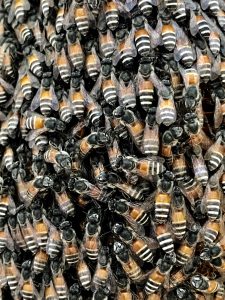
Regular honey is pasteurized—it has been heated and then put through a fine filtration process that removes all particles, including air bubbles. This is how the honey becomes clear, smooth and of uniform consistency. Unfortunately, the heat destroys not only the yeast in honey but much of its natural goodness including the live enzymes. Raw honey will be more opaque and its colour varies, from light to dark, depending on the flowers from which the nectar was collected.
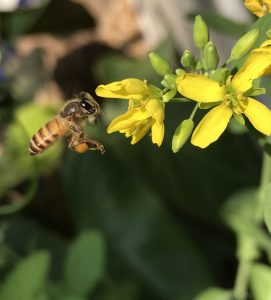
Honey will crystalize but it never becomes rock hard. This happens more quickly to honey that has greater glucose content while honey containing more fructose will stay liquid longer. Cold temperatures also encourage faster crystallization so it is better not to keep your honey in the fridge.
Granulation or crystallization happens faster to raw honey than to regular pasteurized honey. However, this does not affect its nutritional value or taste. Crystalized honey can easily be brought back to a liquid state by putting the jar out in the sun or in warm water—just as one would melt ghee or coconut oil.
